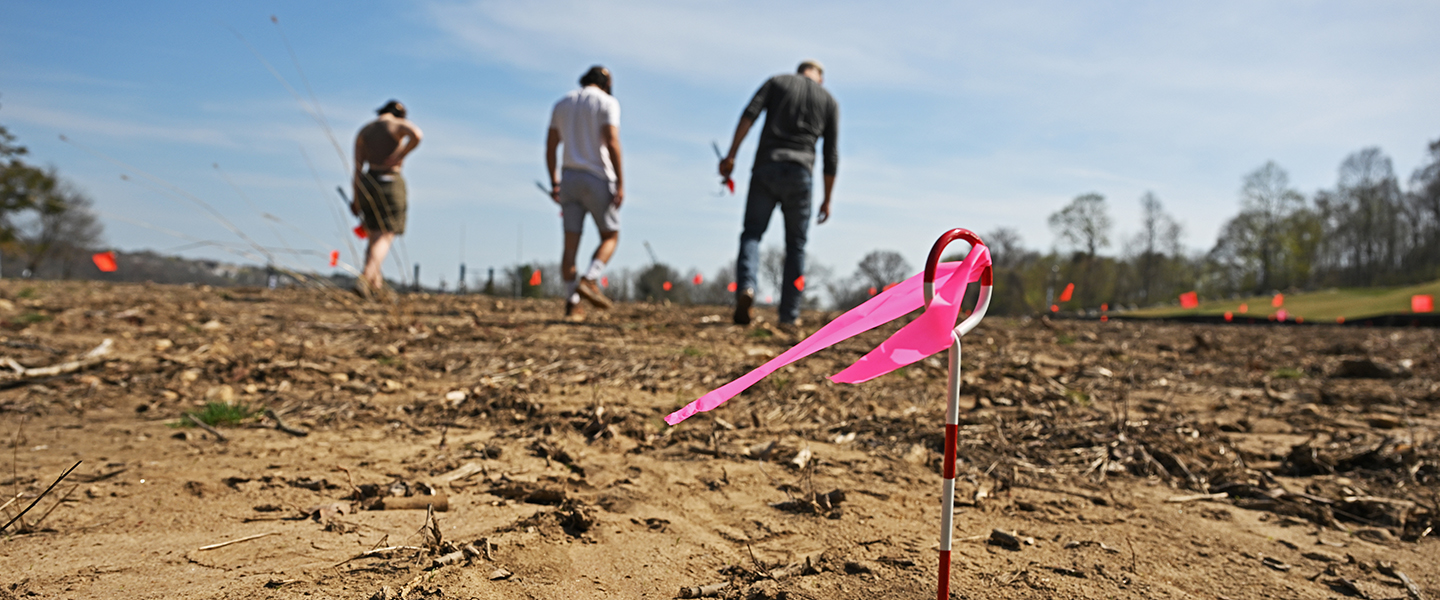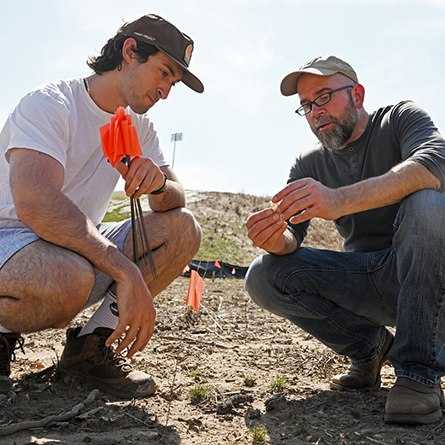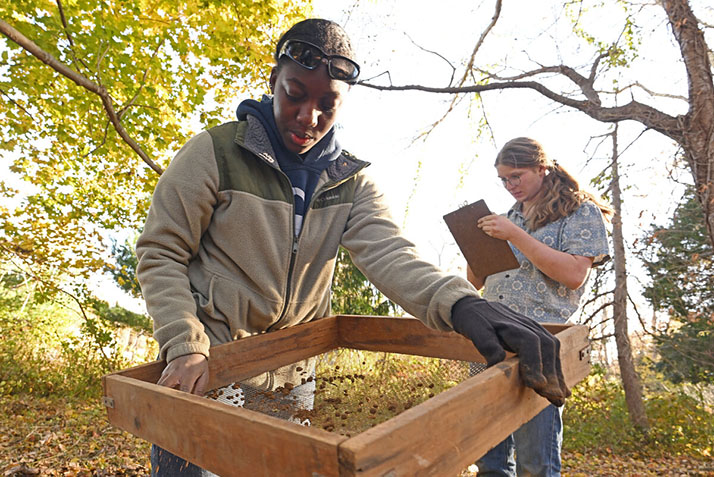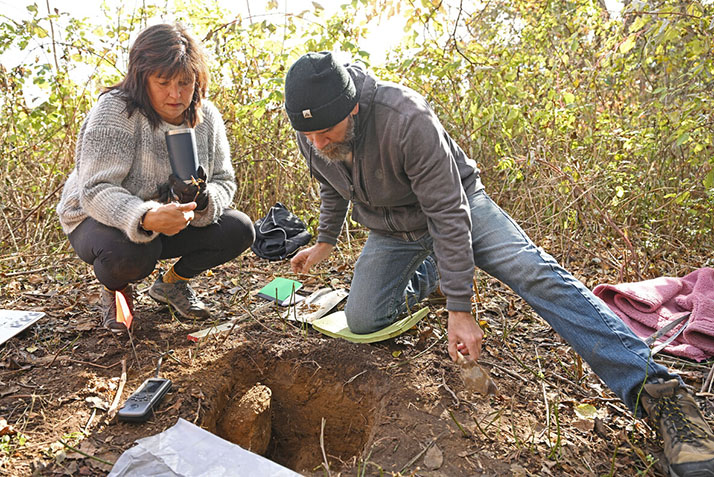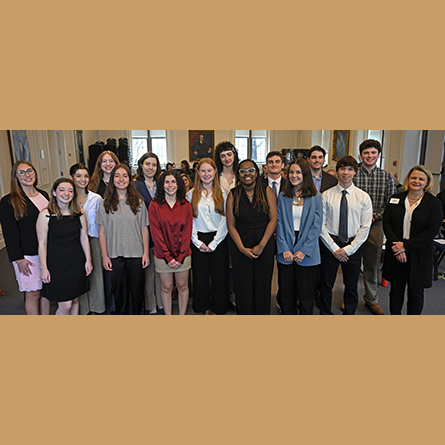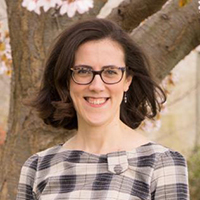
Tribal remains discovered on Conn grounds repatriated after four decades
The remains of an Indigenous North American individual unearthed on the Connecticut College campus in 1981 and recently found at the University of Rhode Island have been repatriated to tribal custody and returned to rest.
Radiocarbon dating indicates the likely ancestor of descendant communities of Pequot or Mohegan tribes was originally buried at some point between 1550 and 1690.
“Sadly, it’s pretty common where an ancestor who was unearthed ends up miles and miles away from their original homeland. The goal is to have these ancestors returned,” said Mashantucket Pequot Tribal Historic Preservation Officer Michael Johnson. “Through the process of repatriation, we eventually know our ancestors are home, safe and respectfully at rest as originally intended.”
The remains were originally disturbed unintentionally during the construction of an athletic field on campus. Construction was halted temporarily upon the discovery, and Harold Juli, then an assistant professor in Conn’s Anthropology Department, was called to the scene. As was customary in anthropology at the time, he began a three-day salvage excavation to remove the bones before construction continued.
During or after 1982—no records have been found—Juli transferred the remains to Marc Kelley, a biological anthropologist specializing in the study of human bones at URI. Juli and Kelley eventually published a report on the discovery.
When both professors died in 2007, knowledge of the ancestor’s whereabouts appeared to have vanished with them. The bones lay in a box in an archaeological repository at URI with no notes or documentation aside from the label “CC7” and a small piece of paper that noted a date from March of 1981. For years, no one knew what became of the ancestor from hundreds of years ago—a point of heartache for the tribes.
The story is all too common in the United States, where museums and scientific communities have historically treated Indigenous remains as objects to study. But it pains descendants of native people to see their relatives being regarded as collector’s items or science experiments.
In 1990, Congress created a roadmap to navigate these emotionally fraught situations when it passed the Native American Graves Protection and Repatriation Act (NAGPRA), which states that human remains, funerary objects, sacred objects or objects of cultural patrimony determined to be of Native American or Native Hawaiian origin must be returned to the tribe or organization from which they originate, if that can be determined.
URI’s NAGPRA coordinator, Fiona Jones, has been working to repatriate objects and remains from the university’s collection. In November 2022, she noticed the “CC7” label on a box of remains, as well as the note with the date on it, and wondered if CC referred to Connecticut College. She contacted Conn’s Associate Professor of Anthropology and College Archaeologist Anthony Graesch, and the two compared the description of the box’s contents with Juli’s lab notes about the remains unearthed on Conn grounds and confirmed Jones’s hunch.
